It was another very successful event put together by the TEDx team. Here are a few take aways.
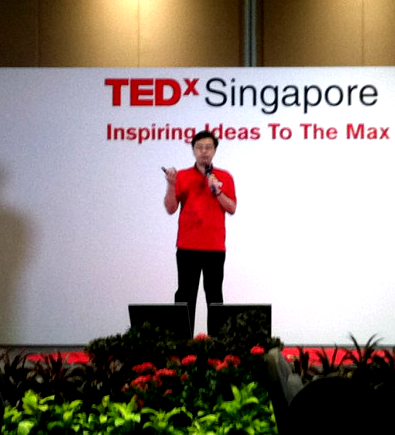
Jason Pomeroy
Jason had 3 ideas to save our urban habitat: towards a zero energy development, greening the urban habitat and a vertical urban theory.
“Zero energy devevelopment” is designed to use only energy from renewable sources generated on site. For example, rain water can be collected and reused; materials are selected from renewable or recycled sources; solar panels are installed and so on.
What we’ve been observing for a few decades is the gradual eradication of open space and greenery. However, maybe it’s time to change this trend and embrace “greening the urban habitat”. A few cities have done this really well – for example, there are now 250 green roofs in Chicago, covering over 2.5 million square feet (including the Cultural Center Green Roof).
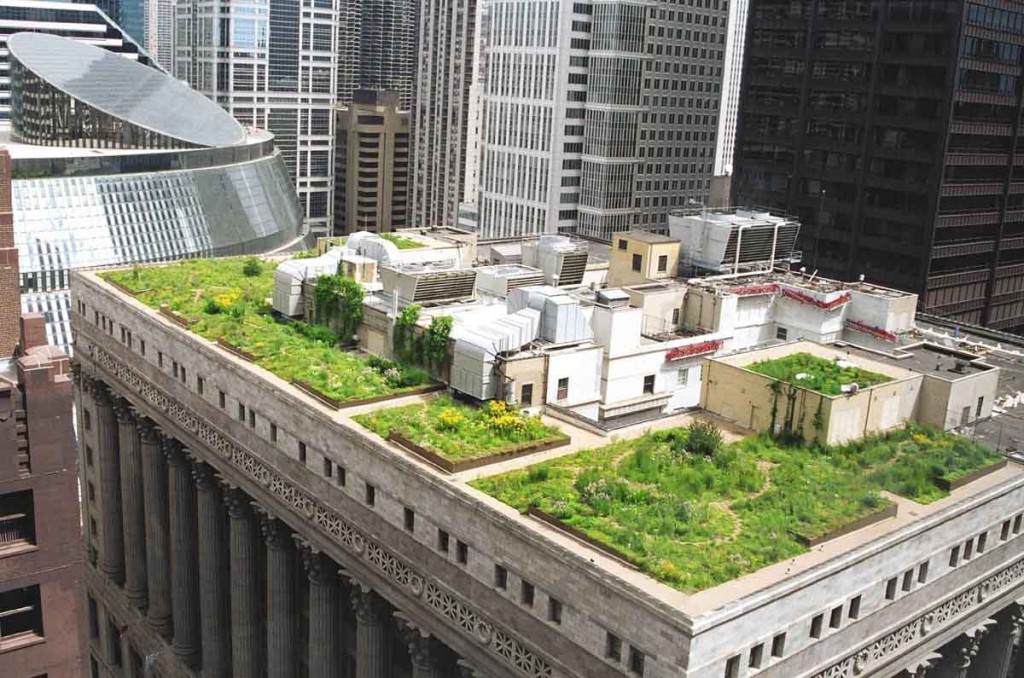
In the vertical urban theory, it is believed that skygardens (gardens between floors) can rebalance the loss of greenery in the city. Skyscrapers should be reinvented: we can create public realms and places in the sky, high-rise neighborhoods, etc. We need to think about the diversification of vertical land use.
To understand the vertical urban theory, just think about the burger and the salad between each layer!
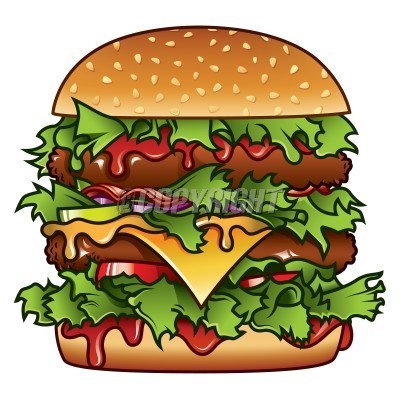
As a conclusion, Jason tells us we need to distill lessons from the past, design for the present and disseminate the knowledge for the future.
Michael Totten
Michael talked about the declining health of the planet and assured us that the planetary solutions are easier than we think.
Reducing the pollution in Europe, the US and so on has generated millions of dollars of benefits in healthcare. Pollution in Linfen, China is like inhaling 3 packs a day.
We haven’t witnessed so much acidification of the ocean in 300 million years. We need to stop acidifying the ocean or there will be dead coral reefs and fish of economic importance before the end of the century.
Humans have also accelerated the extinction of species. Humans are playing the role of megavolcanic eruptions.
People say we continue to use coal because it’s cheap, but actually if we were to include externalities (cost of cancer, cost on environment, etc) in the coal price, it would be 600% higher!
So what can we do? We need to do an inventory, prioritize and finance innovation. Each square meter of white roof offsets 1 ton of CO2. Replacing the 13 million incandescent bulbs in the world with LEDs would reduce power consumption by six times!
Companies also need to get involved. For example, Disney did a $7 million investment in forest projects which help to protect forests in the Amazon, the Congo and the United States safeguarding ecosystems that benefit climate and quality of life on the planet. These projects will decrease carbon emissions by improving forest protection through reducing logging and the impact of slash and burn agriculture.
Michael says we should create a planetary medicine practitioner manual. 1 trillion hours a year are spent watching TV and it only took 100 million hours to create Wikipedia. So everything is possible if we collaborate.
Masami Sato
“What are we looking for?” is the question Masami asked us today.
She answers that some of us want money. You can become a millionnaire if you save $552 a month (and put it in an account with a 4% interest rate) from graduation until retirement (65). And yet, the average American saves $54.90 a month.
We also want time. Because of technology, we are already saving so much time but we seem to constantly run out of it. We spend 8h44 on gadgets per day (not including work hours).
And so it seems that the cycle that we face today is: getting -> having -> losing. Once we get the item we want and have it, we actually lose interest.
Masami suggests us to consider the following virtuous cycle instead:
receiving -> having -> giving
She came up with the idea of Buy 1 Give 1 or B1G1.
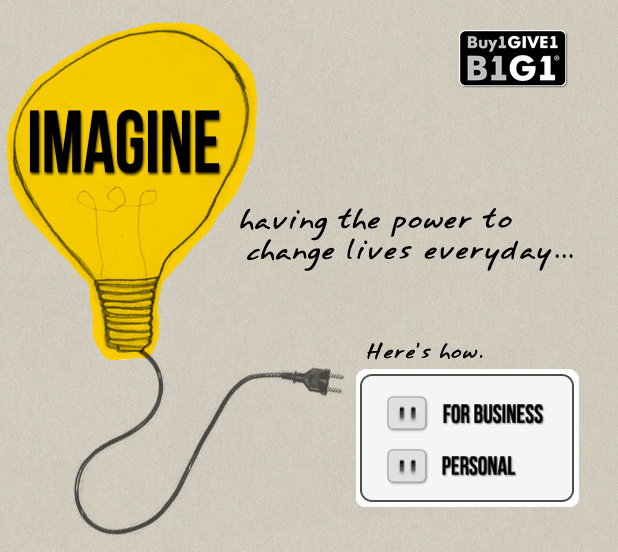
B1G1 moves giving from an ad-hoc, event-driven model to a very specific transaction-based giving model — a world where every transaction gives back and makes a difference.
600 businesses around the world support projects in B1G1. 10.3 million micro givings have been made around the world with the project. There are many B1G1 projects such as provide clean water for one person for a day, give access to the toilet for a day, clothe a child for a day, etc.
When we change our habit, we change our destiny. You can find out more about B1G1 on the B1G1 website
Scott Anthony
The world of innovation is filled with unfulfilled potential. Innovation is not a godly thing – innovation is a skill and it can be mastered.
Scott defines innovation as “something different that has impact”. He gives the example of QB houses in Singapore, where you pay $10 for a haircut. An innovation can be a different service delivery approach or new internal processes and so on.
A few great quotes about innovation that Scott gave us are:
“Consumer is boss” (A. G. Lafley, P&G ex-CEO)
“Good artists copy, great artists steal” (Picasso)
“Everybody has a plan until they get punched in the face” (Mike Tyson)
Innovation works better in groups and especially in diverse groups. Scott reminds us that “genius is 1% inspiration, 99% perspiration”.
To become an innovator, keep practicing at it. Get on your bike and try again.
Zann Huang
Zann is a photojournalist, self funded. She told us about her photojournalist journey around the world: she’s been to Cambodia, Lebanon, Iraq, Iran and more.
She started photojournalism after the tsunami in 2005. She documents the psychological impact of disasters, refugees’ camps that can last for decades. Even though she doesn’t get published, she doesn’t get discouraged and continues.
In Cambodia, she noticed that children sniff glue to reduce the hunger and forget about their daily lives. One of them saved her from an attack and even though this is a very dangerous job, she continues to go back to try to give a voice to these people.
She believes images are a form of cross cultural communication and can create awareness about a cause. In the past, some images have been powerful enough to influence policy makers and she hopes her images can be catalyst for positive change one day.
Her pictures can be seen on her website
Thaddeus Lawrence
Thaddeus is best known for being one of only 87 individuals in the world to have successfully raced 1,000 kilometres in the hottest, coldest, windiest and driest deserts on earth, including the Sahara, Gobi, Atacama and Antarctica.
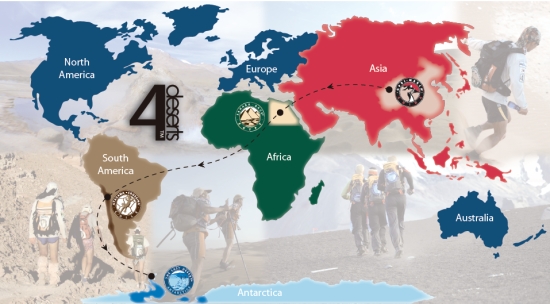
Thaddeus has always wanted to be a hero – but he realized along the way that being a hero is not a solo journey. It is actually defined by what it takes to get there. Now, his desire has shifted – his own satisfaction comes from helping creating heroes rather than becoming a hero himself.
His next challenge is 10 marathons in 10 days in 10 countries.
He reminds us that it is not enough to be inspired, we need to be inspiring too.
He tells us that we should all mentor someone for 10 hours per year and “give back”, do something meaningful.
What is one step you will take today? (Personally, I’m writing this blog post right now and trying to share the knowledge with the world wide web :P)
Personal conclusions
Another amazing session. I left very inspired. The Buy One Give One (B1G1) project can really be implemented in many companies and my next task is to ask my CEO how we can be involved. CSR never killed anyone…on the contrary!
FYI – It’s Masami Sato.
Thank you for blogging our event! I hoped you enjoyed it and went away inspired 🙂
Thanks, just edited!
You’re welcome! It was a great event – thanks for organizing! And yes I definitely went away inspired 🙂
Hopefully see you at the next event!
Thanks for dropping by!
Natalie
Hi Natalie!!
Great meeting you today! We are really pleased that you enjoyed the event 🙂
Feel free to say hi and thanks for attending!
John
Hi John!!
Great meeting you too – will send you an email before I forget 🙂
Thanks for explaining to me all the different teams! Hopefully I can volunteer at the next event!
Natalie
Living more than 10,700 kilometers (6,648 miles) from Singapore and getting to read about all those moments, I find it fantastic.
Thank you for your presentation and making it alive. I am always so happy to read you and so I understand your expectations.
Thank you for the lovely post, Natalie. 🙂
Masami @ B1G1
Hi Masami!
Thanks a lot for sharing your story with us, it was inspiring 🙂
Natalie